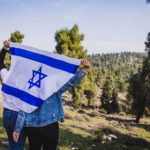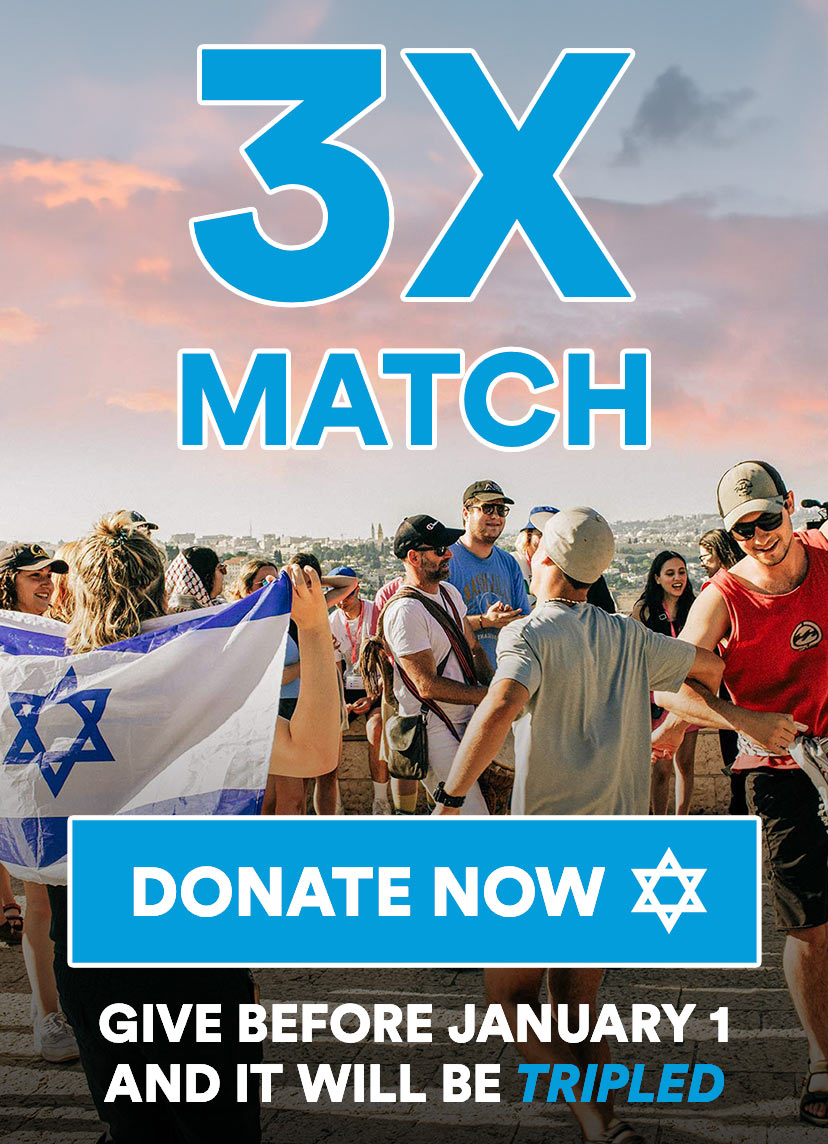The Jewish High Holy Days, also known as the 10 Days of Repentance or Awe, are…
Yom Kippur is considered the holiest day in the Jewish calendar. It falls on the 10th day of Tishrei, the seventh month of the Jewish lunar calendar. The holiday is preceded by Rosh Hashanah, the Jewish New Year, and together they are known as the High Holy Days or, in Hebrew Yamim Noraim.
Yom Kippur is a deeply meaningful and spiritually significant holiday for Jews worldwide. It serves as a time for self-improvement, reconciliation with G-d, and a fresh start for the year ahead.
5 Facts to Know About Yom Kippur
1. Temple time
Yom Kippur is usually spent praying in synagogue to G-d to help us release any past sins, transgressions, and negative thoughts that no longer bring us peace, so we can start the new year inscribed in “The Book of Life” with a blank slate. The five services during Yom Kippur may include Torah readings and Jewish teachings as well as a Yizkor, or memorial service, to remember our loved ones who we have lost. Yom Kippur services end with a short, single blast of the shofar.
2. Oh, the sacrifices
Observant Jews, over the age of 13, fast for 24 hours during Yom Kippur, following a meal of cessation (se’udah mafseket) prior to sundown. While we hope you have an easy fast, food and drink aren’t the only pleasures to abstain from. Some Jews also avoid sex, bathing, wearing leather, and anointing themselves in oil.
While giving up some of your modern-day luxuries may strike you as tough, just think about this: In ancient times, the people of Israel atoned for their sins by sacrificing a goat. After confessing everyone’s sins to the goat, the Israel High Priest (Kohen Gadol) would force the goat over a cliff. Hence, the original scapegoat.
3. Facing your mortality
We’ll take part in the Yizkor at Yom Kippur services, but the day before Yom Kippur is also an ideal time to pay tribute to the memory of the loved ones we’ve lost, whether visiting them at the cemetery or burning a 24-hour yahrzeit candle. Some Jewish people wear white on Yom Kippur to represent purity, renewal, and mortality.
4. Giving charity
Just as the Jewish commandments are important on Rosh Hashanah, they are also important on Yom Kippur. In fact, the mitzvah of tzedakah is one of the key components of the day of atonement. It’s directly related to prayer and teshuva, or repentance. There are many ways to give tzedakah, from donating to Birthright Israel Foundation, your synagogue, or another charitable organization of choice, to putting a few dollars in a pushke. If you can’t afford to make a monetary donation, you can always resolve to donate your time.
5. Break-the-fast
We sinned, we sacrificed, we prayed for forgiveness. Let’s eat! Here are some break-the-fast recipes to help you start your new year on the right path.













